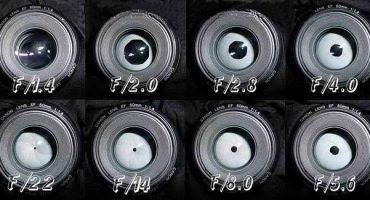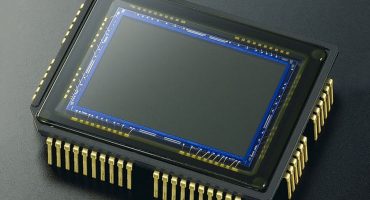Everyone, buying a Canon and Nikon camera, begins to think about choosing a memory card for the camera. Despite the fact that most of these devices already have built-in memory, it is sometimes not enough to satisfy all the needs of the user. When choosing a card, a large range of models appears before the buyer, differing in characteristics and manufacturer.
Types of devices
The card for the camera has a huge role. The first thing to focus on is the description of your device. It provides all the information about what types of cards the camera is compatible with. The most popular card for today is a card for a modern camera with type SD. It, in turn, is divided into 2 subtypes:
- The first is SDHC - which has a large storage capacity.
- The second SDXC is one with extra large storage capacity.
The next most popular are micro SD. They are mainly used in smartphones. Next come CF, used for professional purposes. Also on the market there are interesting solutions in the form of Eye-fi cards that have built-in wi-fi. The memory card for such a camera as canon and nikon may be different, consider the types of memory cards.
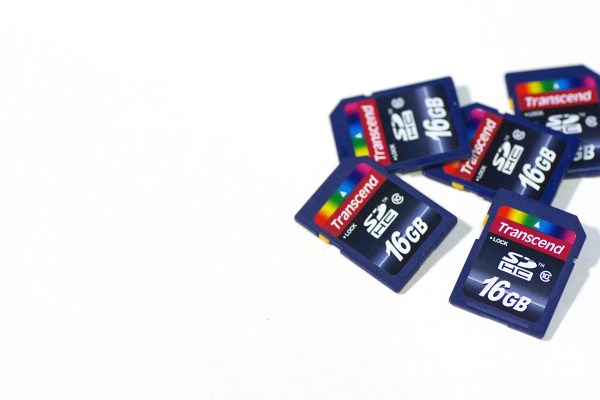
Memory cards of various formats
Micro sd card
Micro SDs are miniature versions of SD devices that are typically designed for use on mobile phones. Such flash drives have, in comparison with SD, more restrictions on the volume and speed of data transfer. That is why they are used in smartphones to store music, applications and any other data that does not require a lot of activity.
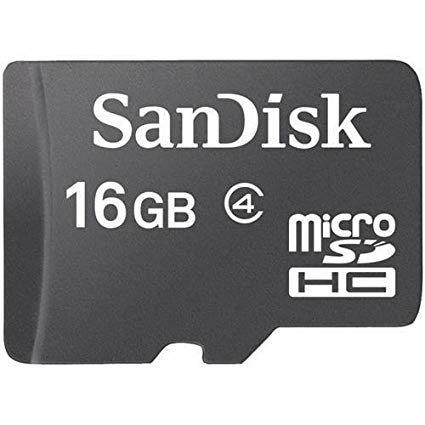
Micro sd card
SD card
This type is very common. The main limitation is the maximum amount of SD memory. They were first introduced in 1999 and had a capacity of only 2 gigabytes. But over time, technology has moved forward and the latest versions called SDHC have been introduced in a much larger volume. The maximum amount of which reaches 2 terabytes.
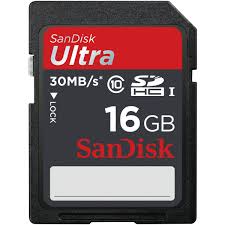
SD card
Eye fi cards
There are unique SD cards that come with built-in WIFI. They can transfer data directly to a smartphone, computer or cloud storage, thereby clearing the memory. With this function, if you have a stable Internet connection, you don’t have to worry about the problem of data overflow. It also allows you to determine the geolocation of the photograph taken, although not with very high accuracy.

Eye fi cards
Compact Flash Cards (CF)
First introduced in 1994, CF devices had great speed and volume. For this reason, they began to be used in professional photography. Today, SD almost caught up with them, but manufacturers still haven't given up on the CF card slot. Therefore, all modern cameras have two connectors.
Capacity
This parameter will be clear to everyone and does not need detailed explanations. A device with a capacity of 32 gigabytes can store about 1000 photos, assuming that the average size of one is about 30 megabytes. Following this logic, 16 gigabit will be able to save about 500, and 64 about 2000. Choosing the right amount depends on your individual needs.
The table below shows how many minutes of video and photo will be placed on devices of different sizes.
| Capacity GB | Video MPEG-4 / H.264 Full HD, min | JPF photo weighing 3.5 mb |
| 128 | 160 | 16000 |
| 64 | 80 | 8000 |
| 32 | 40 | 4000 |
| 16 | 20 | 2000 |
| 8 | 10 | 1000 |
| 4 | 5 | 500 |
| 2 | 2 | 250 |
Speed
Speed means a huge role. It is divided into 2 types: read speed and write speed. The photo below shows exactly where you can see this important parameter.
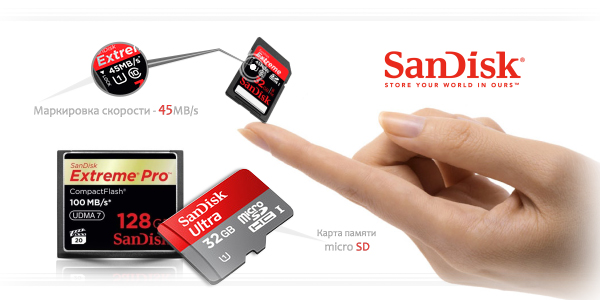
SD card
Speed in SD
All cards have their own speed.It may be mentioned on the device, or it may not. It has two meanings - writing and reading. The value that is written on the device is the maximum read speed, although the most important indicator is the write speed. The reading parameter is responsible for how quickly you can transfer information from the card to another device. The recording option is responsible for how quickly the photos will be saved when shooting. Therefore, the more, the faster the delay between shots.
Speed is divided into classes, they are shown in the table below.
| Class | The minimum value, mb |
| 2 | 2 |
| 4 | 4 |
| 6 | 6 |
| 8 | 8 |
| 10 | 10 |
Speed in CF
When it comes to CF cards, speed is printed in X time and in megabytes per second. X means 150 kilobytes per second. This is the standard brought from optical recording. To find the 600X, multiply 600 by 150 and divide the result by 1000. The final result will show the speed in megabytes per second. That is, the 600X stands for 90 megabytes per second.
Price
As for the price, speed is its most defining criterion. The next is the volume. SD costs about half the CF for a similar amount. So if you intend to purchase a high-speed flash drive with the same volume, you will have to pay more. On the other hand, if you want to buy a flash drive with a large volume at a lower price, you can purchase a device with a lower speed indicator.
On a note
Useful recommendations:
- If you use two flash drives with different speeds, the determining one will be with the lowest. For example, if you use a CF with a speed of 90 megabytes per second in one slot and an SD with 45 megabytes per second, you may lose the picture. Therefore, it is necessary that both cards have the same speed.
- SD speed has already caught up with CF. Therefore, there is no need to overpay when buying a CF device.
- Often the SD speed is even higher than that of the CF. For example, SanDisk Extreme Pro is 280 megabytes per second, but from the same manufacturer, the maximum CF speed is only 160 megabytes per second.
- Always check the card for malfunctions when buying. Before the seller, open the device, insert it into the camera and take some test shots. Next, delete them and format the USB flash drive. Repeat the process several times. If everything went without any problems, you can safely purchase this device.
- Do not remove the device from the camera turned on.
- Use a model where the manufacturer guarantees x-ray protection.
- The most reliable models are produced by companies such as SanDisk, Kingston, Samsung and Transcend.
- If it is not possible to write data to a flash device, then the reason may be that it is blocked. In order to unlock the memory card, on a modern camera just move the lever. Next to it is the inscription “Lock”.
To summarize, we can say that the faster the device, the better. However, it is worth remembering that the difference between 45 and 90 megabytes per second is not so significant and there is no special reason to overpay. As for the volume, the right choice will depend on the size of the images taken.
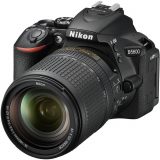 Rating of cameras of 2019 (SLR and mirrorless)
Rating of cameras of 2019 (SLR and mirrorless) 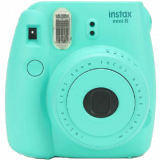 Instax Instant Print Cameras: How to Choose Your Model
Instax Instant Print Cameras: How to Choose Your Model  How to choose a SLR camera (DSLR)?
How to choose a SLR camera (DSLR)? 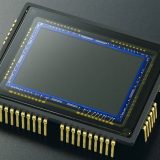 How to choose a camera for high-quality photo (compact, soap dish, DSLR)
How to choose a camera for high-quality photo (compact, soap dish, DSLR)  What is the diaphragm in the camera?
What is the diaphragm in the camera? 